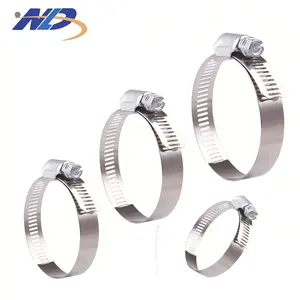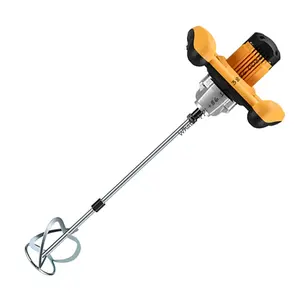Popular in your industry
















































































































































































































Top categories
About workholding clamp
A workholding clamp is a crucial device in machining processes. It is designed to secure workpieces firmly in place during operations such as cutting, milling, drilling, and welding, ensuring precision and efficiency in industrial settings. Workholding clamps come in various types and designs, including toggle clamps, power clamps, hydraulic clamps, and pneumatic clamps, each serving specific functions based on the requirements of the machining task at hand.
Types of workholding clamps
Toggle clamps are commonly used in woodworking and light-duty metalworking to hold materials together. Clamp workholding devices are ideal for applications that require quick and easy clamping and can be operated with one hand. Power clamps, on the other hand, use mechanical or hydraulic systems to provide a strong clamping force, making them suitable for heavy-duty machining operations. Hydraulic clamps utilize hydraulic pressure to generate a significant clamping force, while pneumatic clamps use compressed air. These types of clamps are often found in CNC machining and other automated manufacturing processes.
Advantages of workholding clamps
The primary advantage of work holding clamps is their ability to hold workpieces securely in place, preventing movement or vibration during machining. This stability is essential for achieving accurate and precise cuts, leading to high-quality finished products. Additionally, workholding clamps offer versatility, as they can be adjusted and configured to accommodate various workpiece sizes and shapes. This adaptability makes them suitable for a wide range of machining applications, from simple tasks to complex operations.
Furthermore, the quick and easy setup of workholding clamps contributes to improved efficiency in the manufacturing process, reducing downtime and increasing productivity. In CNC machining, CNC workholding clamps play a vital role in securing workpieces within the machine's work envelope. Zero-point workholding, in particular, is a technique that involves the use of precision locators and clamping systems to establish a repeatable reference point. This method allows for rapid and accurate changeovers, minimizing setup times and increasing overall machining efficiency.
Applications of workholding clamps
Workholding clamps are utilized in various industries, including aerospace, automotive, woodworking, and metal fabrication. In aerospace manufacturing, workholding clamps are essential for machining components with tight tolerances to ensure the safety and performance of aircraft. In the automotive industry, these clamps play a critical role in the production of engine parts, chassis components, and other precision-engineered elements.
Moreover, in woodworking, workholding clamps are used to secure materials during cutting, routing, and shaping processes, contributing to the creation of finely crafted furniture and cabinetry. Additionally, in metal fabrication, workholding clamps are essential for welding, bending, and assembling metal structures with accuracy and consistency.




































